Using passenger data generated by IRMA sensors to enhance public transport in Gdańsk, Poland
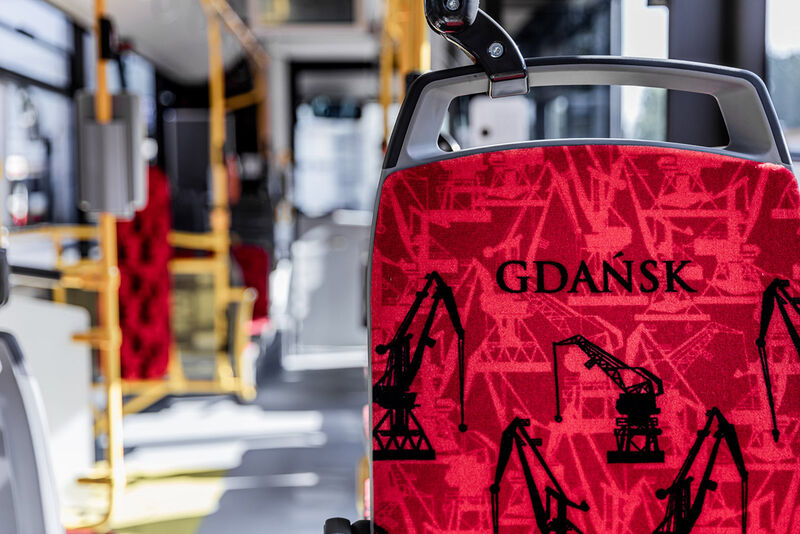
With a population of nearly 500,000, Gdańsk is the capital and largest city
of Poland’s Pomerania Province along the Baltic coast. It serves as Poland’s principal seaport and the country’s fourth-largest metropolitan area.
The principal industries in Gdańsk include shipbuilding, petrochemical, chemical, and food processing, with the high-tech sectors and pharmaceutical industries on the rise. Gdańsk is also a major tourist destination in the summer, as millions of Poles and other European tourists travel toward this city and the beaches along the Baltic coastline.

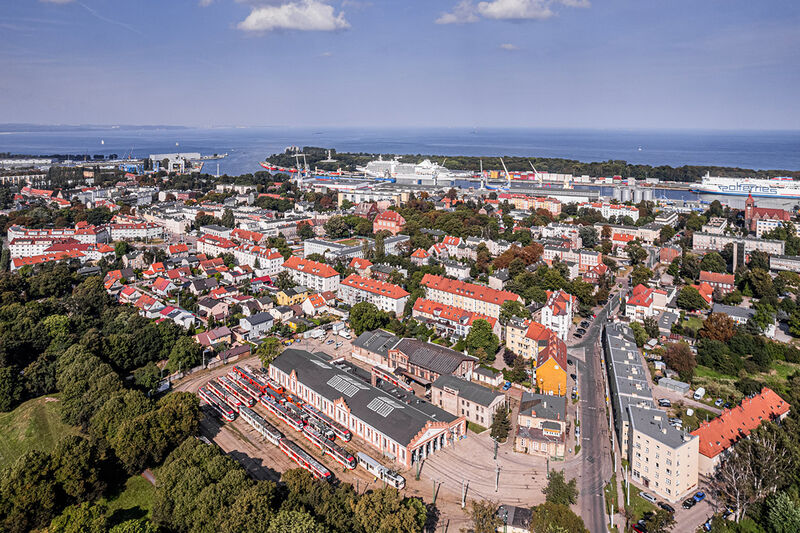
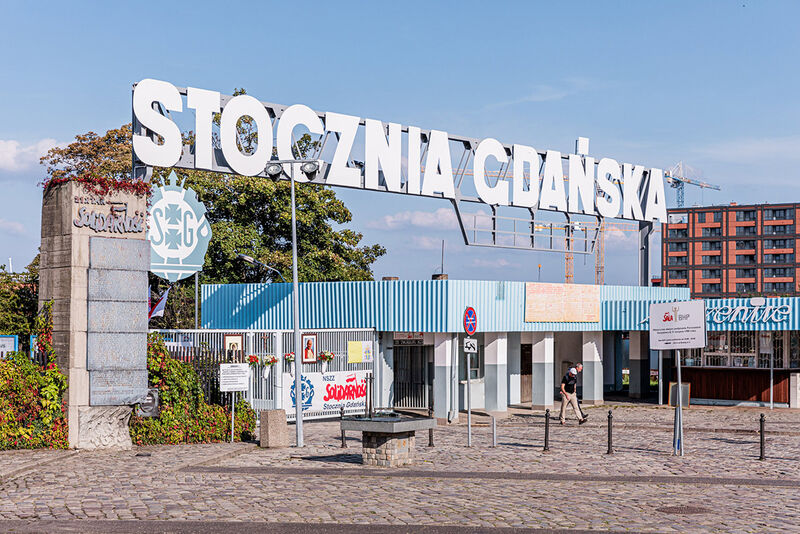
Smooth public tansport is crucial in Gdańsk
With this many people working in and visiting Gdańsk on any given day, public transportation plays a major role in ensuring that the local economy remains strong and the quality of life remains high. The responsibility for getting all people safely and efficiently around the city on public transit falls on a trio of transport stakeholders:
- The Gdańsk Public Transportation Operator (PTO) known as GAiT, is the city's largest public transport operator, managing a fleet of buses and streetcars to provide regular, fast and safe connections for residents and tourists.
- The Gdańsk Public Transportation Authority (PTA) known as ZTM, who manages the public transportation, including passenger information systems at the vehicle stops, scheduling and planning for the bus and tram service;
- The Gdańsk Roads and Greenery Authority known as GZDiZ, who serves as the Traffic Control Center responsible for the operation of the Integrated Traffic Management System TRISTAR and the implementation of solutions to optimize traffic conditions for both vehicles and pedestrians.
Together, these three organizations transport more than
150 million passengers annually, traversing more than 29 million kilometers, using more than 300 buses and 140 trams.
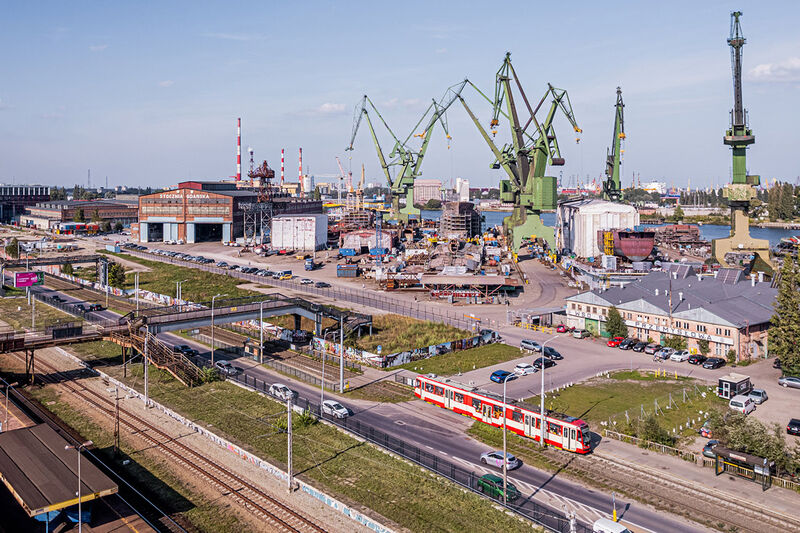
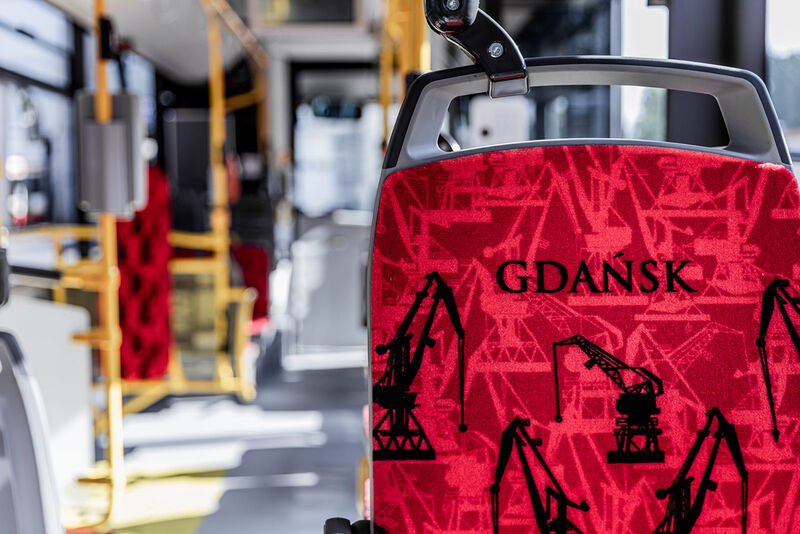
Leveraging passenger data to enhance public transport efficiencies
While the three organizations have separately defined roles and responsibilities, they all share the common goal of enhancing Gdańsk’s public transportation system with data collected about passengers, the itineraries they travel, and how they behave while traveling. Each wants to know, in real-time if possible, how many passengers are traveling, when they are traveling, what routes they are using, where they are boarding, and where they are deboarding.
To collect the data needed, the experts at iris-GmbH have come up with a solution – the IRMA sensor for automatic passenger counting (APC). By using iris products, all three organizations can be assured that the data they analyze is interconnected and helps them work towards their goals.
Of course, the collection of this information using IRMA’s sophisticated sensor technology is not just for reporting and statistical purposes. Each organization is leveraging the APC data in their own way to achieve their individual – yet inter-related – goals to make public transportation solutions throughout the city more efficient and convenient to passengers.
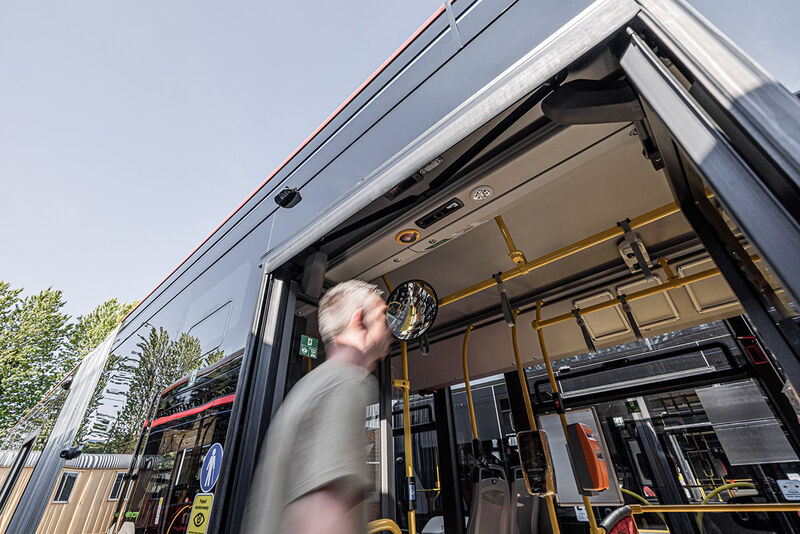
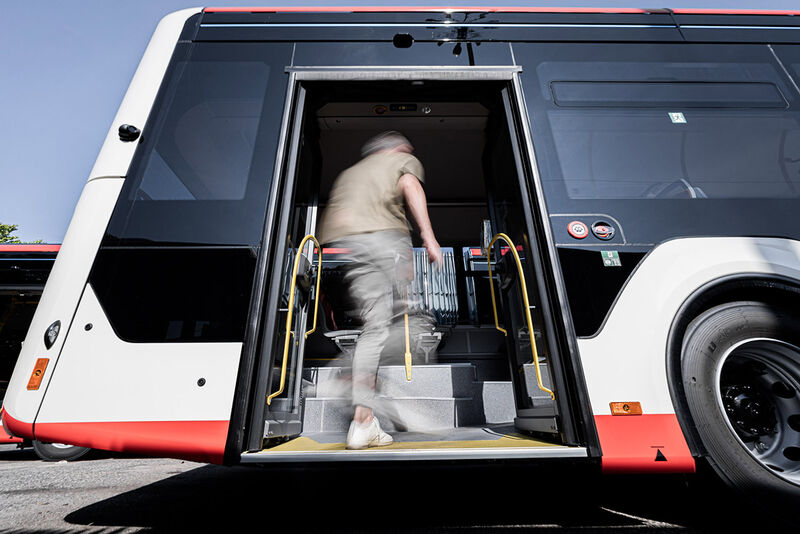
Goals of GAiT Gdańsk
As the Gdańsk PTO, GAiT’s primary goal is to provide transport services with modern vehicles (buses and trams). GAiT uses the data from IRMA counters to analyze and adjust the size of vehicles for given transportation lines in order to better serve passengers and reduce operating costs. In addition, GAiT evaluates the performance of its services, which is crucial for planning future fleet investments. GAiT also shares data from passenger counting systems with ZTM for further analysis.
Until now, GAiT has equipped almost 200 of their buses, and more than 30 trams with IRMA counting sensors.
From GAiT’s perspective, the IRMA sensors are outstanding because they require no maintenance and generate highly accurate data that they not only use by themselves for cost optimization, but also easily forward to other entities for further analysis and optimization of public transport.
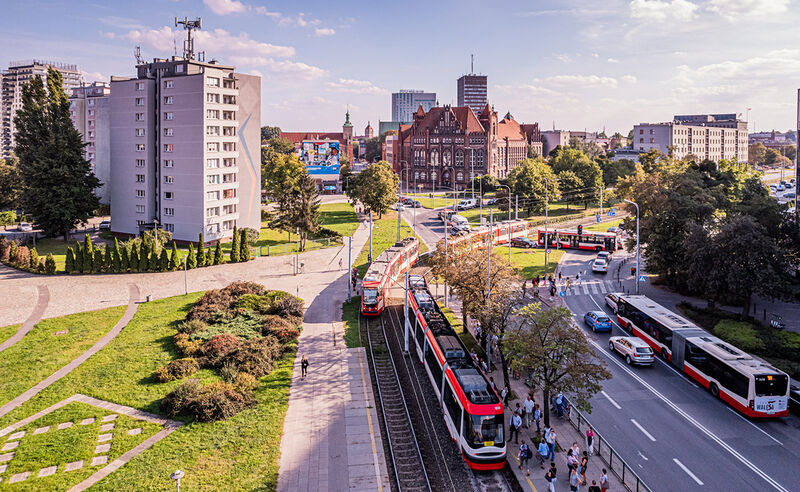
Goals of ZTM Gdańsk
With data from IRMA sensors, ZTM Gdańsk determines the transportation needs of the city’s residents and plans the network and layout of public transportation lines. The APC sensors also enable the development and refinement of the timetables to be more tailored to meet the needs of passengers, based on their travel patterns.
The data collected by IRMA sensors are also useful in planning ZTM’s investments for enhanced public transport, including public transportation infrastructure, coordinating changes in the functioning of public transportation, and designs of substitute transportation solutions during road maintenance and construction projects.
According ZTM’s management team, the data generated by IRMA's sensors are most useful when:
- Adjusting schedules to accommodate rapid changes in the number of passengers, especially vehicle overcrowding;
- Optimizing costs by identifying and diagnosing routes that are experiencing lower passenger popularity;
- Planning urban investments, especially infrastructure which requires very limited resources;
- Making changes in the operation of public transportation; and
- Designing alternative transportation solutions during road repairs and construction.
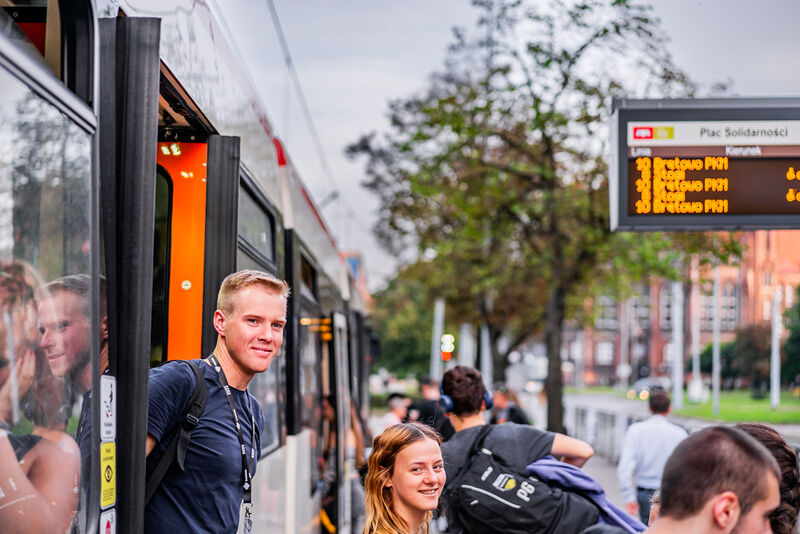
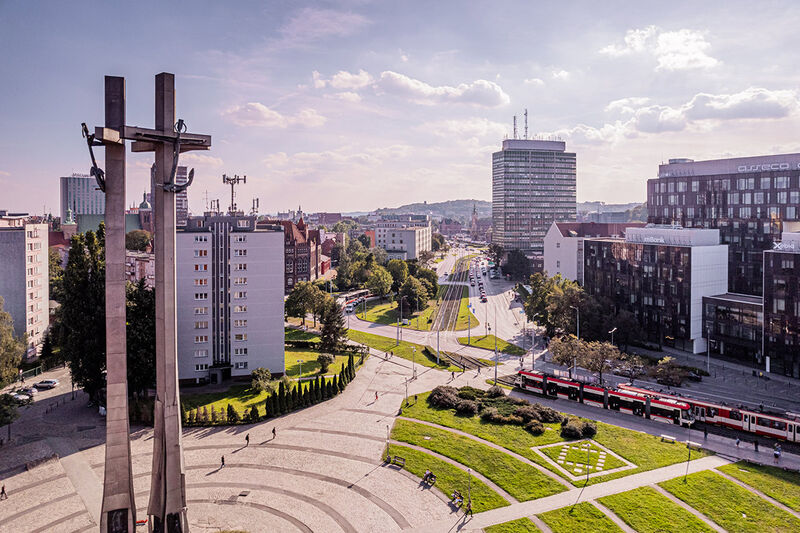
Goals of GZDiZ
As the Traffic Control Center is responsible for operating the Integrated Traffic Management System called Tristar and optimizing traffic conditions for both vehicles and pedestrians, GZDiZ uses the data collected by the IRMA APC sensors to pursue the following objective, among others:
optimizing traffic signal programs, including management of their changeable content panels to prioritize public transportation whenever feasible.
Such adjustments must be implemented in close cooperation and at the request of representatives of the Mayor of Gdańsk and the Public Transport Authority (ZTM), so the data collected must be detailed and accurate – which the IRMA sensors provide.
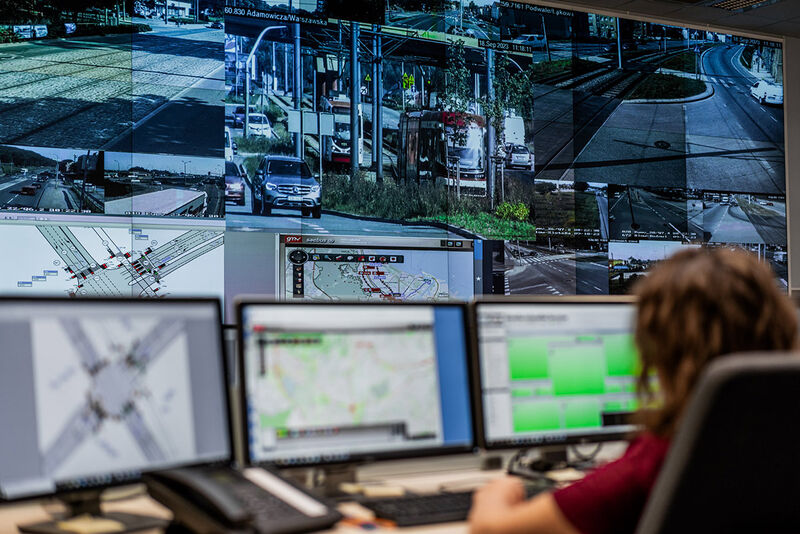
Optimizing management and operations of transport in Gdańsk with iris
Aligning the goals and objectives of three separate but liked-minded entities providing public transportation in Gdańsk would have been a difficult task if not for the technologically advanced solutions for passenger counting and data provided by iris. The IRMA APC sensors have proven to be the perfect solution for overcoming the data collection challenges faced by GAiT, ZTM and GZDiz.

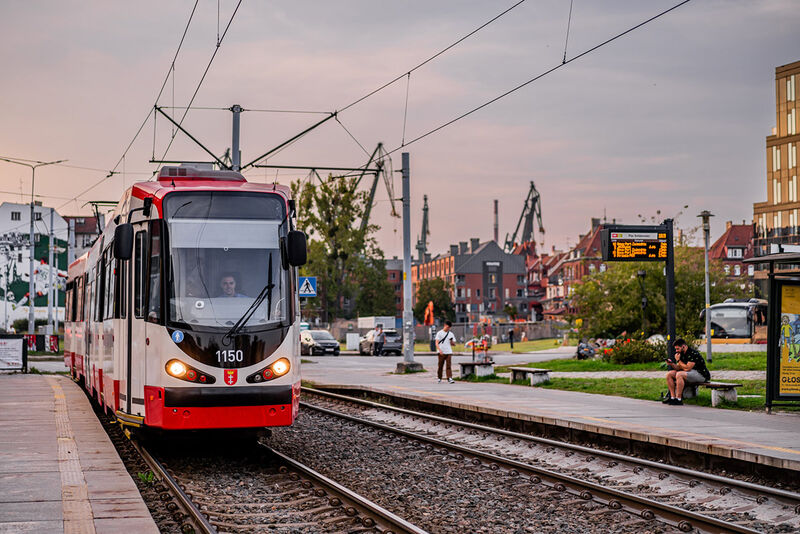
In the future, the occupancy data collected by the IRMA sensors may also be shared with other companies/institutions. This will enable such data to be used to improve applications that help plan convenient trips (like Google Maps or other trip planning tools), thus benefiting all of us, especially passengers.
To learn how your organization can optimize your customized public transportation solutions, click here to request a no-obligations consultation with an iris expert.
